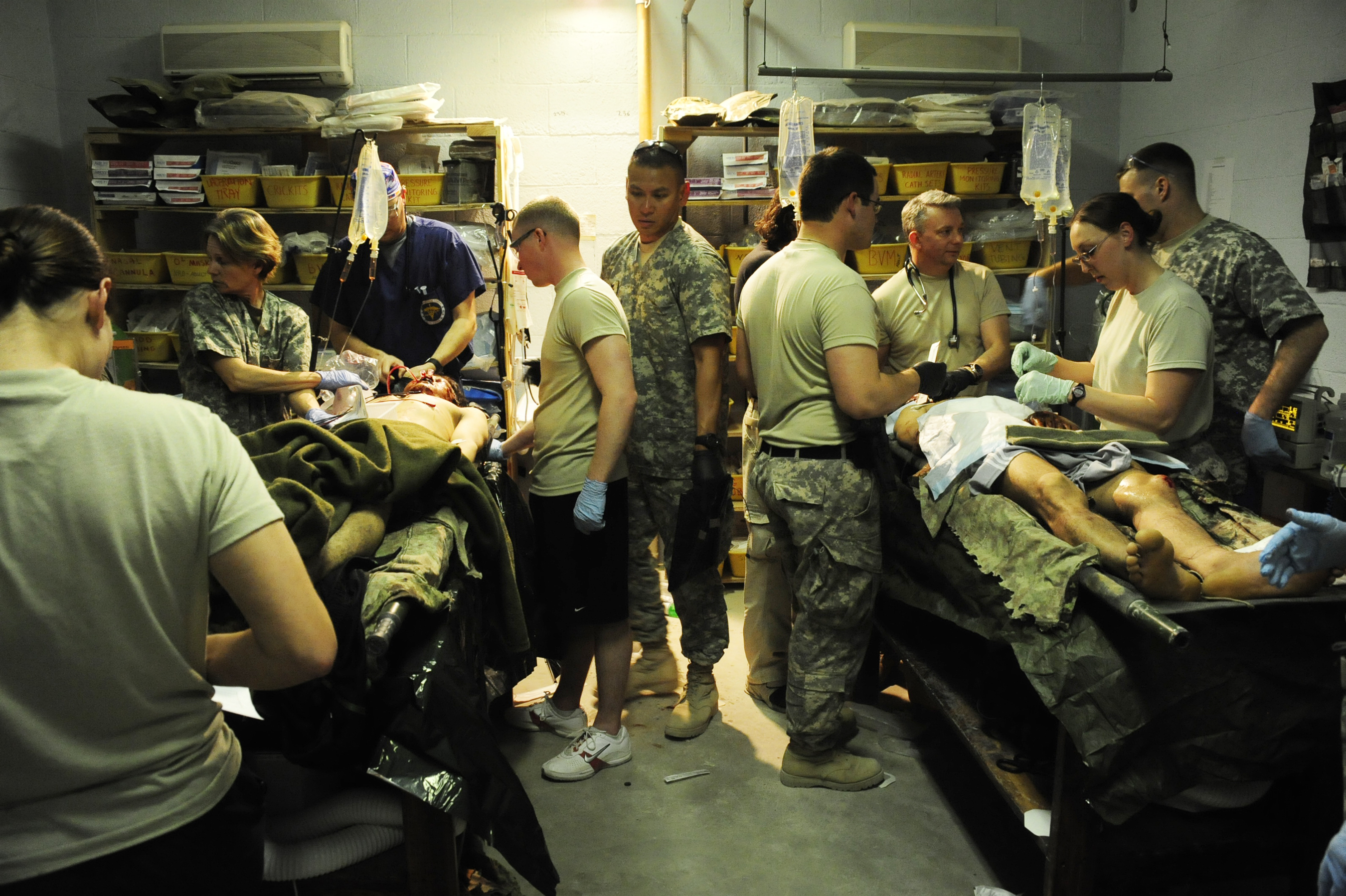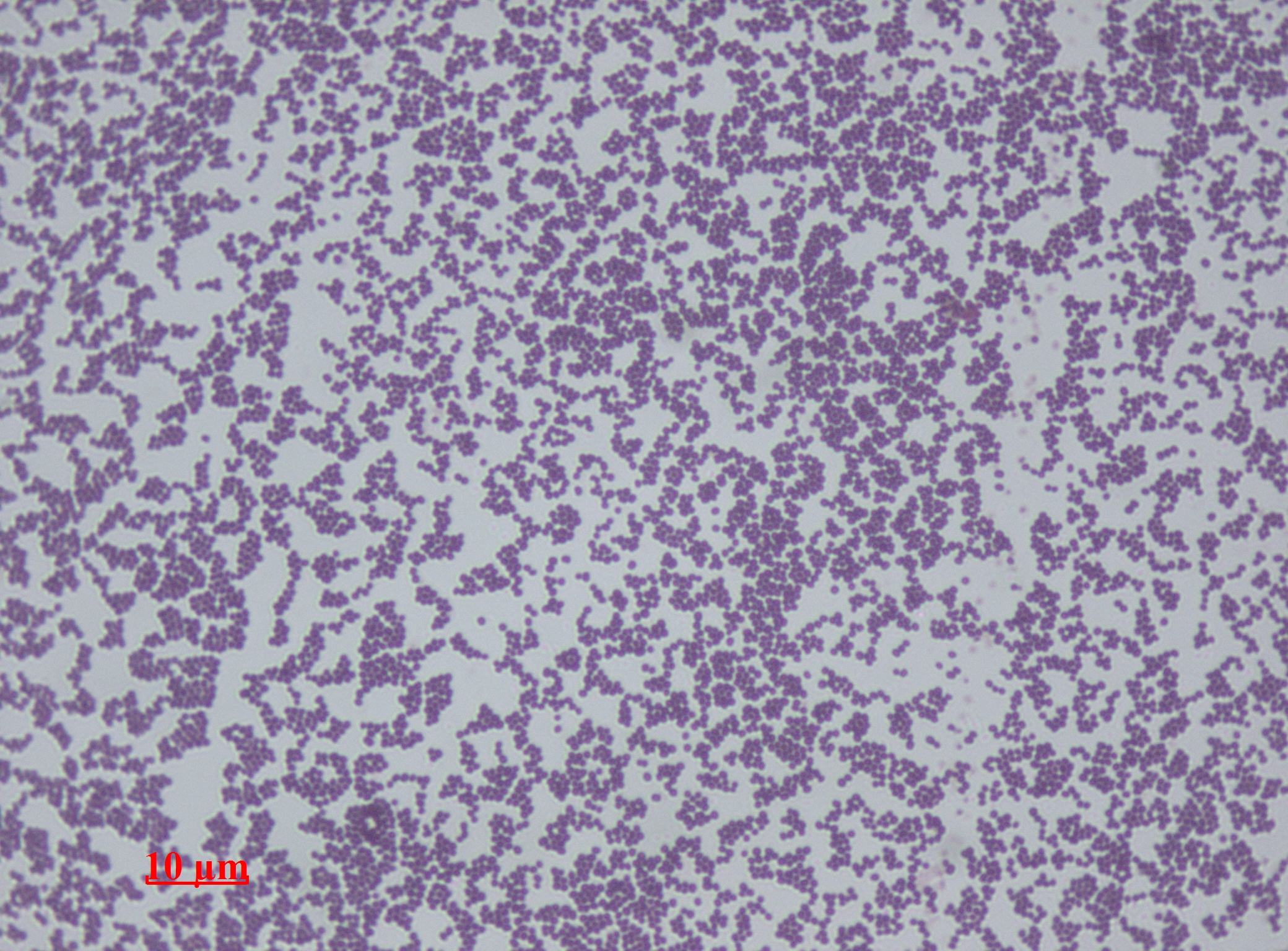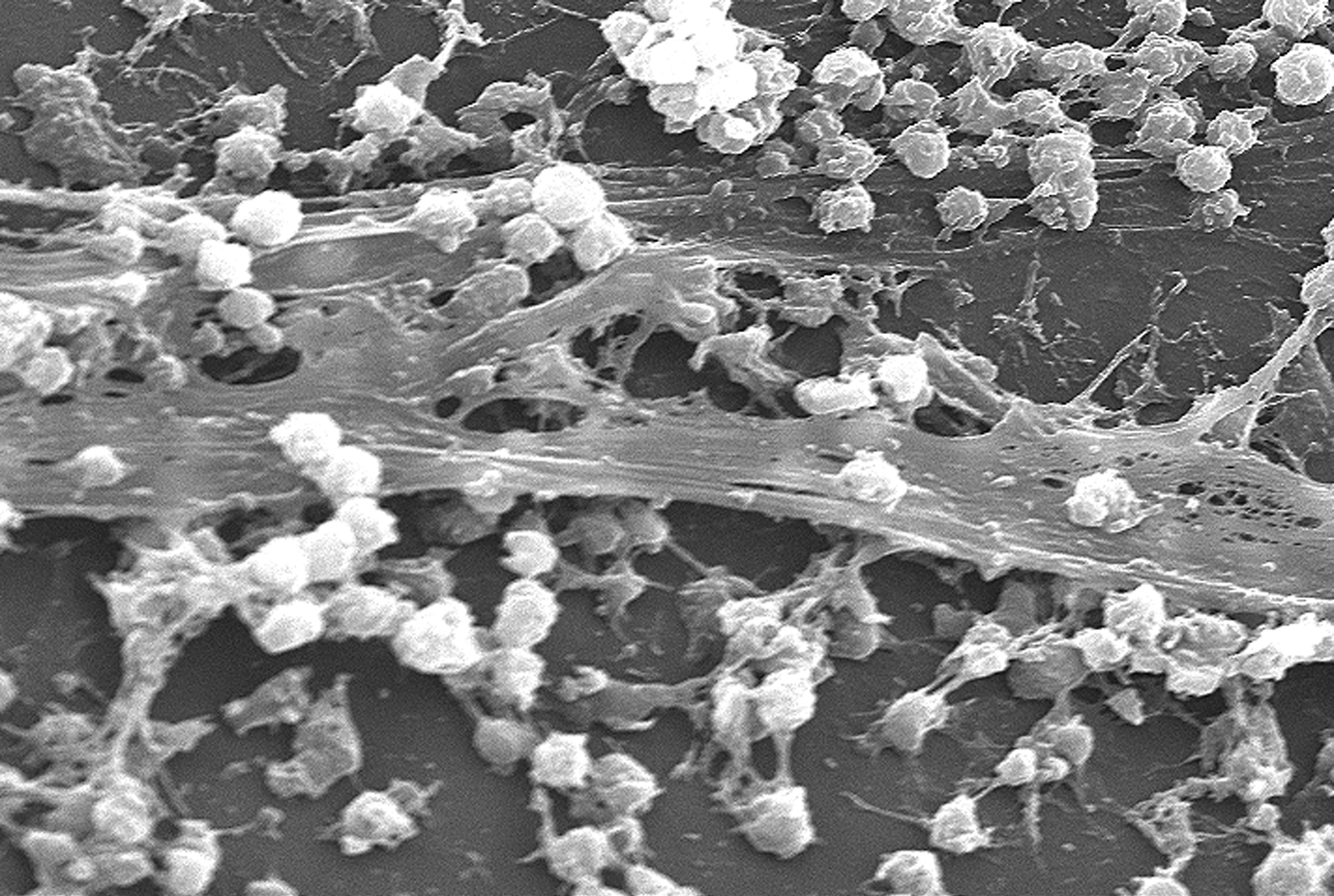|
Bald's Eyesalve
Bald's eyesalve is an early medieval English medicine recorded in the 10th-century Anglo-Saxon ''Bald's Leechbook''. It is described as a treatment for a "wen", a lump in the eye. The ingredients include garlic, another ''Allium'' (it is unclear which), wine and bovine bile, crushed and mixed together before being left to stand for nine days. Description Bald's Eyesalve is a medicine described in ''Bald's Leechbook'', a 10th-century Anglo-Saxon medical text written in Old English that survives in the collection of the British Library. The identity of Bald is not known but he is named in the work by a note that states "Bald owns this book which he ordered Cild to compile". The eyesalve is described as a treatment for a "wen" (lump) in the eye ("most likely a sty: an infection of an eyelash follicle"). ''Bald's Leechbook'' includes other treatments such as agrimony boiled in milk to combat impotency and the same substance boiled in Welsh beer to induce impotency. The recipe for ... [...More Info...] [...Related Items...] OR: [Wikipedia] [Google] [Baidu] |
Gram-positive Bacteria
In bacteriology, gram-positive bacteria are bacteria that give a positive result in the Gram stain test, which is traditionally used to quickly classify bacteria into two broad categories according to their type of cell wall. Gram-positive bacteria take up the crystal violet stain used in the test, and then appear to be purple-coloured when seen through an optical microscope. This is because the thick peptidoglycan layer in the bacterial cell wall retains the stain after it is washed away from the rest of the sample, in the decolorization stage of the test. Conversely, gram-negative bacteria cannot retain the violet stain after the decolorization step; alcohol used in this stage degrades the outer membrane of gram-negative cells, making the cell wall more porous and incapable of retaining the crystal violet stain. Their peptidoglycan layer is much thinner and sandwiched between an inner cell membrane and a bacterial outer membrane, causing them to take up the counterstain ( ... [...More Info...] [...Related Items...] OR: [Wikipedia] [Google] [Baidu] |
Acinetobacter Baumannii
''Acinetobacter baumannii'' is a typically short, almost round, rod-shaped ( coccobacillus) Gram-negative bacterium. It is named after the bacteriologist Paul Baumann. It can be an opportunistic pathogen in humans, affecting people with compromised immune systems, and is becoming increasingly important as a hospital-derived ( nosocomial) infection. While other species of the genus ''Acinetobacter'' are often found in soil samples (leading to the common misconception that ''A. baumannii'' is a soil organism, too), it is almost exclusively isolated from hospital environments. Although occasionally it has been found in environmental soil and water samples, its natural habitat is still not known. Bacteria of this genus lack flagella, whip-like structures many bacteria use for locomotion, but exhibit twitching or swarming motility. This may be due to the activity of type IV pili, pole-like structures that can be extended and retracted. Motility in ''A. baumannii'' may also be due to ... [...More Info...] [...Related Items...] OR: [Wikipedia] [Google] [Baidu] |
Staphylococcus Epidermidis
''Staphylococcus epidermidis'' is a Gram-positive bacterium, and one of over 40 species belonging to the genus ''Staphylococcus''. It is part of the normal human microbiota, typically the skin microbiota, and less commonly the mucosal microbiota and also found in marine sponges. It is a facultative anaerobic bacteria. Although ''S. epidermidis'' is not usually pathogenic, patients with compromised immune systems are at risk of developing infection. These infections are generally hospital-acquired. ''S. epidermidis'' is a particular concern for people with catheters or other surgical implants because it is known to form biofilms that grow on these devices. Being part of the normal skin microbiota, ''S. epidermidis'' is a frequent contaminant of specimens sent to the diagnostic laboratory. Some strains of ''S. epidermidis'' are highly salt tolerant and commonly found in marine environment. S.I. Paul et al. (2021) isolated and identified salt tolerant strains of ''S. epidermi ... [...More Info...] [...Related Items...] OR: [Wikipedia] [Google] [Baidu] |
Model Organism
A model organism (often shortened to model) is a non-human species that is extensively studied to understand particular biological phenomena, with the expectation that discoveries made in the model organism will provide insight into the workings of other organisms. Model organisms are widely used to research human disease when human experimentation would be unfeasible or unethical. This strategy is made possible by the common descent of all living organisms, and the conservation of metabolic and developmental pathways and genetic material over the course of evolution. Studying model organisms can be informative, but care must be taken when generalizing from one organism to another. In researching human disease, model organisms allow for better understanding the disease process without the added risk of harming an actual human. The species chosen will usually meet a determined taxonomic equivalency to humans, so as to react to disease or its treatment in a way that resembl ... [...More Info...] [...Related Items...] OR: [Wikipedia] [Google] [Baidu] |
Chronic Wound
A chronic wound is a wound that does not heal in an orderly set of stages and in a predictable amount of time the way most wounds do; wounds that do not heal within three months are often considered chronic. Chronic wounds seem to be detained in one or more of the phases of wound healing. For example, chronic wounds often remain in the inflammatory stage for too long. To overcome that stage and jump-start the healing process a number of factors need to be addressed such as bacterial burden, necrotic tissue, and moisture balance of the whole wound. In acute wounds, there is a precise balance between production and degradation of molecules such as collagen; in chronic wounds this balance is lost and degradation plays too large a role. Chronic wounds may never heal or may take years to do so. These wounds cause patients severe emotional and physical stress and create a significant financial burden on patients and the whole healthcare system. Acute and chronic wounds are at oppo ... [...More Info...] [...Related Items...] OR: [Wikipedia] [Google] [Baidu] |
Methicillin-resistant Staphylococcus Aureus
Methicillin-resistant ''Staphylococcus aureus'' (MRSA) is a group of Gram-positive bacteria that are genetically distinct from other strains of ''Staphylococcus aureus''. MRSA is responsible for several difficult-to-treat infections in humans. It caused more than 100,000 deaths attributable to antimicrobial resistance in 2019. MRSA is any strain of ''S. aureus'' that has developed (through natural selection) or acquired (through horizontal gene transfer) a multiple drug resistance to beta-lactam antibiotics. Beta-lactam (β-lactam) antibiotics are a broad-spectrum group that include some penams (penicillin derivatives such as methicillin and oxacillin) and cephems such as the cephalosporins. Strains unable to resist these antibiotics are classified as methicillin-susceptible ''S. aureus'', or MSSA. MRSA is common in hospitals, prisons, and nursing homes, where people with open wounds, invasive devices such as catheters, and weakened immune systems are at greater risk of ... [...More Info...] [...Related Items...] OR: [Wikipedia] [Google] [Baidu] |
In Vitro
''In vitro'' (meaning in glass, or ''in the glass'') studies are performed with microorganisms, cells, or biological molecules outside their normal biological context. Colloquially called "test-tube experiments", these studies in biology and its subdisciplines are traditionally done in labware such as test tubes, flasks, Petri dishes, and microtiter plates. Studies conducted using components of an organism that have been isolated from their usual biological surroundings permit a more detailed or more convenient analysis than can be done with whole organisms; however, results obtained from ''in vitro'' experiments may not fully or accurately predict the effects on a whole organism. In contrast to ''in vitro'' experiments, '' in vivo'' studies are those conducted in living organisms, including humans, and whole plants. Definition ''In vitro'' ( la, in glass; often not italicized in English usage) studies are conducted using components of an organism that have been isolated f ... [...More Info...] [...Related Items...] OR: [Wikipedia] [Google] [Baidu] |
Biofilm
A biofilm comprises any syntrophic consortium of microorganisms in which cells stick to each other and often also to a surface. These adherent cells become embedded within a slimy extracellular matrix that is composed of extracellular polymeric substances (EPSs). The cells within the biofilm produce the EPS components, which are typically a polymeric conglomeration of extracellular polysaccharides, proteins, lipids and DNA. Because they have three-dimensional structure and represent a community lifestyle for microorganisms, they have been metaphorically described as "cities for microbes". Biofilms may form on living or non-living surfaces and can be prevalent in natural, industrial, and hospital settings. They may constitute a microbiome or be a portion of it. The microbial cells growing in a biofilm are physiologically distinct from planktonic cells of the same organism, which, by contrast, are single cells that may float or swim in a liquid medium. Biofilms can form ... [...More Info...] [...Related Items...] OR: [Wikipedia] [Google] [Baidu] |
Staphylococcus Aureus
''Staphylococcus aureus'' is a Gram-positive spherically shaped bacterium, a member of the Bacillota, and is a usual member of the microbiota of the body, frequently found in the upper respiratory tract and on the skin. It is often positive for catalase and nitrate reduction and is a facultative anaerobe that can grow without the need for oxygen. Although ''S. aureus'' usually acts as a commensal of the human microbiota, it can also become an opportunistic pathogen, being a common cause of skin infections including abscesses, respiratory infections such as sinusitis, and food poisoning. Pathogenic strains often promote infections by producing virulence factors such as potent protein toxins, and the expression of a cell-surface protein that binds and inactivates antibodies. ''S. aureus'' is one of the leading pathogens for deaths associated with antimicrobial resistance and the emergence of antibiotic-resistant strains, such as methicillin-resistant ''S. aureu ... [...More Info...] [...Related Items...] OR: [Wikipedia] [Google] [Baidu] |
Stye
A stye, also known as a hordeolum, is a bacterial infection of an oil gland in the eyelid. This results in a red tender bump at the edge of the eyelid. The outside or the inside of the eyelid can be affected. The cause of a stye is usually a bacterial infection by ''Staphylococcus aureus''. The internal ones are due to infection of the meibomian gland while the external ones are due to an infection of the gland of Zeis. A chalazion on the other hand is a blocked oil gland without infection. A chalazion is typically in the middle of the eyelid and not painful. Often a stye will go away without any specific treatment in a few days or weeks. Recommendations to speed improvement include warm compresses. Occasionally antibiotic eye ointment may be recommended. While these measures are often recommended, there is little evidence for use in internal styes. The frequency at which styes occur is unclear, though they may occur at any age. Signs and symptoms The first sign of a sty ... [...More Info...] [...Related Items...] OR: [Wikipedia] [Google] [Baidu] |
Bald's Leechbook
''Bald's Leechbook'' (also known as ''Medicinale Anglicum'') is an Old English medical text probably compiled in the ninth century, possibly under the influence of Alfred the Great's educational reforms.Nokes, Richard Scott ‘The several compilers of Bald’s Leechbook’ in ''Anglo-Saxon England'' 33 Cambridge: Cambridge University Press, 2004, pp. 51-76 It takes its name from a Latin verse colophon at the end of the second book, which begins ''Bald habet hunc librum Cild quem conscribere iussit'', meaning "Bald owns this book which he ordered Cild to compile." The term ''leechbook'' is a modernisation of the Old English word ''lǣċe-bōc'' ('book of medical prescriptions', literally Old English ''lǣċe'' 'physician' + ''bōc''). The text survives in only one manuscript, London, British Library Royalbr>MS 12 D XVII The manuscript contains one further medical text, called ''Leechbook III'', which is also included herein. Structure and content Both of the books of ''Bald's ... [...More Info...] [...Related Items...] OR: [Wikipedia] [Google] [Baidu] |










